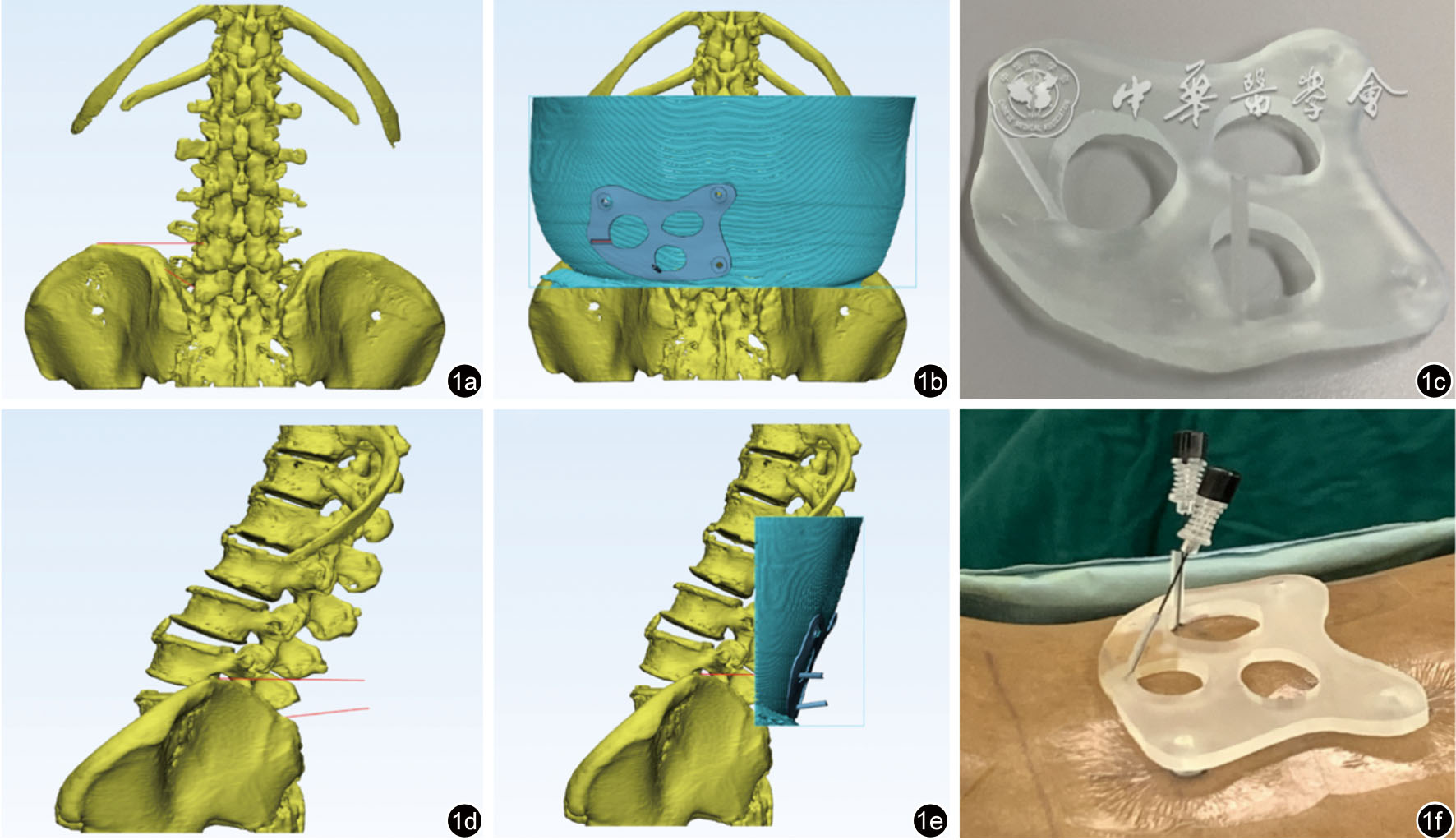Objective
To evaluate the safety and therapeutic effectiveness of microscope-assisted minimally invasive transforaminal lumbar interbody fusion (MI-TLIF) for treating recurrent lumbar disc herniation (RLDH).
Methods
A retrospective analysis was conducted on 37 patients with recurrent lumbar disc herniation following percutaneous transforaminal endoscopic lumbar discectomy (PELD) treated at Handan Steel Hospital from April 2021 to March 2023. Of these patients, 25 underwent minimally invasive transforaminal lumbar interbody fusion,including 12 males and 13 females, with an average age of (50.4±4.1)years. Another 12 patients underwent microscope-assisted MIS-TLIF, including 5 males and 7 females,with an average age of (50.3±5.0) years. Comparisons were made between the two groups regarding operative time, intraoperative blood loss, incision length, postoperative drainage, hospital stay, and early complications. Preoperative, postoperative 3-month, postoperative 6-month, and last follow-up evaluations included the Visual Analogue Scale (VAS) for back and leg pain, Oswestry Disability Index (ODI), and 1-year postoperative Bridwell fusion grading.
Results
All surgeries were successfully completed. The microscope group had an average operative time of (170.9±8.6) minutes, intraoperative blood loss of (137.8±7.4) ml,postoperative drainage of (87.8±9.3) ml, and postoperative hospital stay of (6.7±1.1) days.There was one case of cerebrospinal fluid leakage during surgery in this group, but no postoperative neurological damage or superficial wound infections were observed. The conventional group had an average operative time of (166.6±8.9) minutes, blood loss of (141.3±6.6) ml, postoperative drainage of (90.4±12.9) ml, and postoperative hospital stay of (7.0±1.1) days, with one case each of intraoperative cerebrospinal fluid leakage and postoperative neurological damage, but no superficial wound infections. There were no statistically significant differences in perioperative and complication-related data between the two groups (P<0.05).There was also no statistically significant difference in lumbar fusion outcomes between the groups (P<0.05).
Conclusion
Microscope-assisted MIS-TLIF as a revision surgery for RLDH is safe and effective, offering clear surgical fields and ease of teaching, which is advantageous and warrant broader clinical application.

